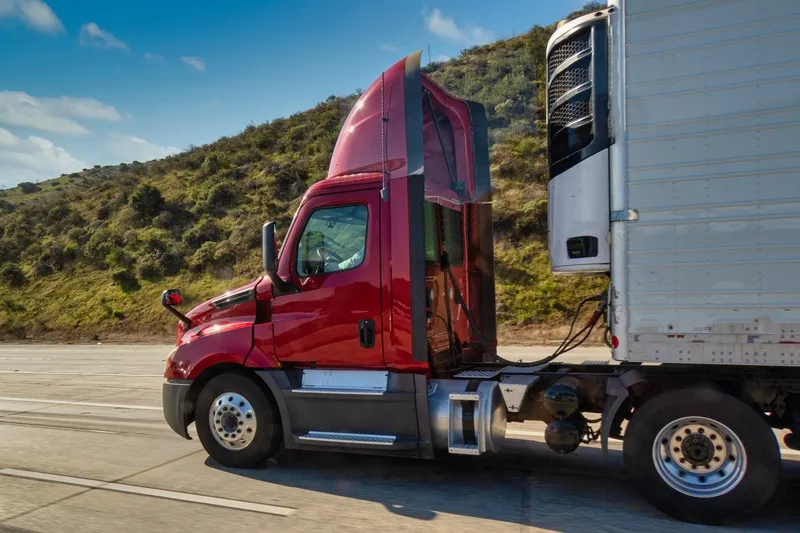In a US$8 million contract, International Road Dynamics (IRD) will provide the design, supply, installation and integration of 19 mainline weigh-in-motion (WIM) systems at various locations throughout the state of Georgia in the US.
The contract includes mainline WIM scales on the interstate, roadside and scale house electronics, licence plate reading (LPR), USDOT number reading and side view cameras and over-height detection systems at a total of 19 weigh station locations. The systems to be provided w
January 6, 2015
Read time: 2 mins
In a US$8 million contract, 69 International Road Dynamics (IRD) will provide the design, supply, installation and integration of 19 mainline weigh-in-motion (WIM) systems at various locations throughout the state of Georgia in the US.
The contract includes mainline WIM scales on the interstate, roadside and scale house electronics, licence plate reading (LPR), USDOT number reading and side view cameras and over-height detection systems at a total of 19 weigh station locations. The systems to be provided will complement and enhance the automated ramp weigh station facilities previously provided by IRD that are currently being operated by the754 Georgia Department of Transportation.
Each new system will be used to collect and transmit WIM data to the Georgia Department of Transportation traffic management centre, Georgia Department of Public Safety/Motor Carrier Compliance and other entities throughout the state. It is anticipated that construction will start in 2015 and is expected to be completed by the end of 2016.
Following the construction phase, IRD will also provide equipment warranty and maintenance services as required to keep all systems operational for a period of five years.
Terry Bergan, IRD's president and CEO stated: "IRD is pleased to provide the Georgia Department of Transportation with state of the art weigh station and enterprise reporting solutions that will help the State ensure the efficient operation of commercial vehicle traffic thus allowing for sustainable and safe transportation growth."
The contract includes mainline WIM scales on the interstate, roadside and scale house electronics, licence plate reading (LPR), USDOT number reading and side view cameras and over-height detection systems at a total of 19 weigh station locations. The systems to be provided will complement and enhance the automated ramp weigh station facilities previously provided by IRD that are currently being operated by the
Each new system will be used to collect and transmit WIM data to the Georgia Department of Transportation traffic management centre, Georgia Department of Public Safety/Motor Carrier Compliance and other entities throughout the state. It is anticipated that construction will start in 2015 and is expected to be completed by the end of 2016.
Following the construction phase, IRD will also provide equipment warranty and maintenance services as required to keep all systems operational for a period of five years.
Terry Bergan, IRD's president and CEO stated: "IRD is pleased to provide the Georgia Department of Transportation with state of the art weigh station and enterprise reporting solutions that will help the State ensure the efficient operation of commercial vehicle traffic thus allowing for sustainable and safe transportation growth."










